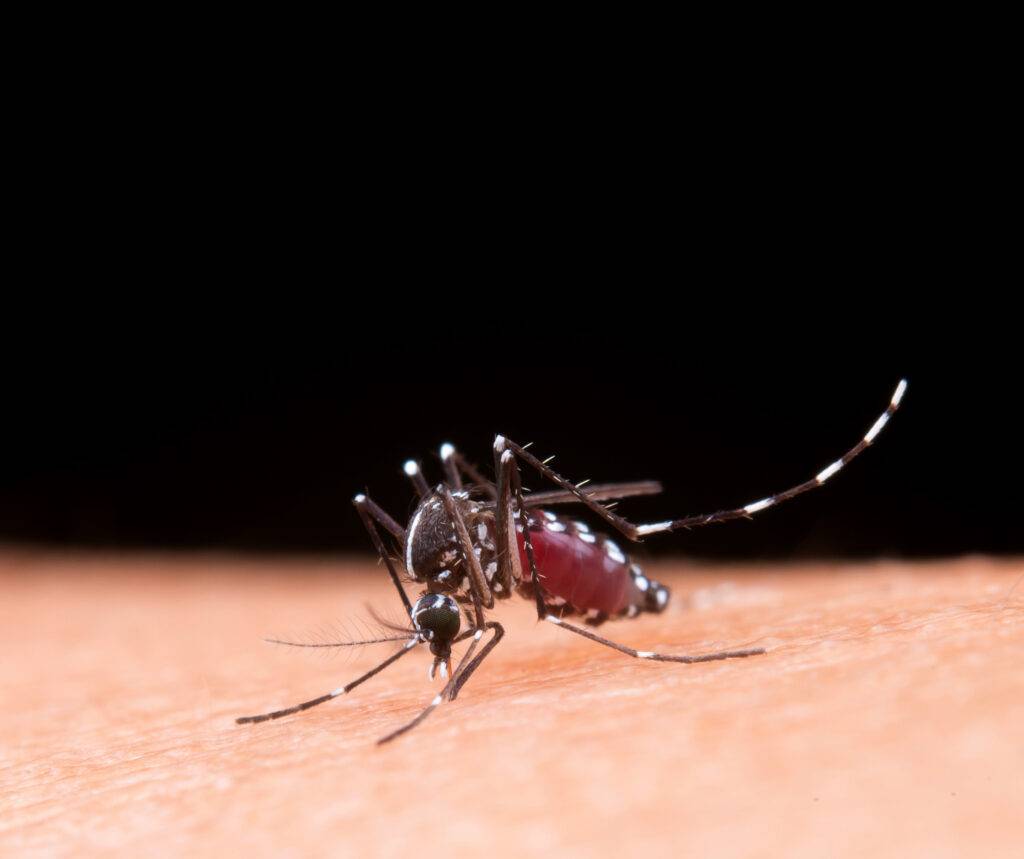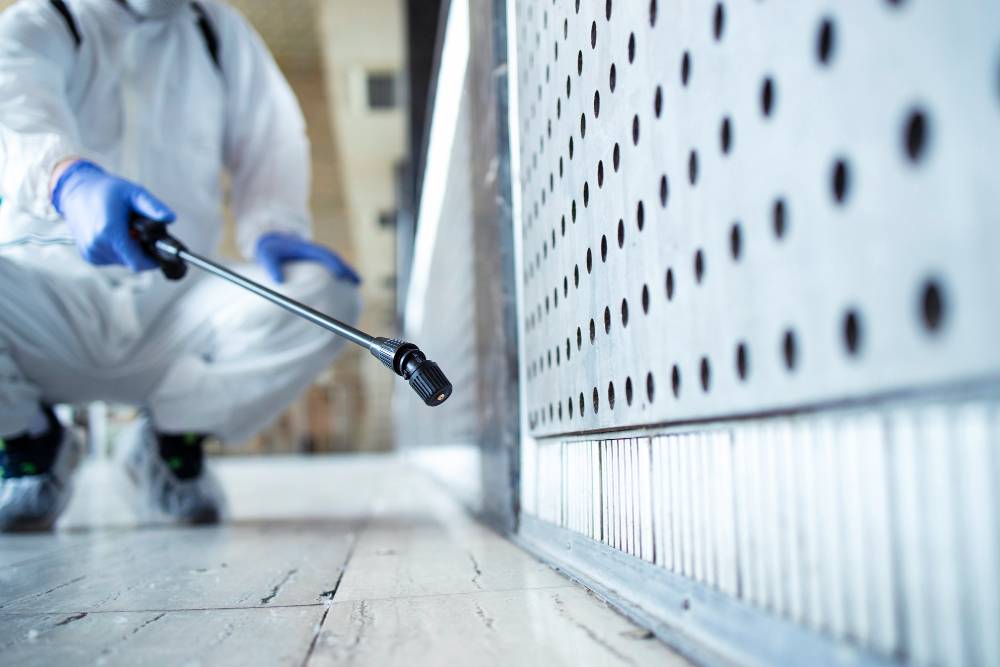Mosquito Larva
How We Do Mosquito Larva Pest Control Treatment
When it comes to mosquito larvae pest control treatment, several effective methods can be employed to mitigate their population and reduce the risk of mosquito-borne diseases. One commonly used approach is larviciding, which involves targeting the mosquito larvae in their aquatic breeding sites. Larvicides, such as biological agents or chemical compounds, are applied to stagnant water sources like ponds, puddles, and gutters to disrupt the growth and development of mosquito larvae. These larvicides either kill the larvae directly or inhibit their ability to mature into adult mosquitoes. Another effective method is source reduction, which focuses on eliminating or modifying potential breeding sites to prevent mosquito larvae from thriving. This may include removing standing water, cleaning gutters, and properly maintaining water features. Additionally, biological controls can be employed, such as introducing mosquito-eating fish or utilizing microbial insecticides specifically designed to target mosquito larvae. Regular surveillance and monitoring of mosquito populations and breeding sites are crucial for identifying and addressing potential problem areas. By implementing a combination of these approaches and maintaining a proactive and integrated pest management strategy, effective control of mosquito larvae can be achieved, significantly reducing the overall mosquito population and minimizing the risks associated with mosquito-borne diseases.


Why Choose Us ?
- Experience and Expertise
- Govt. Pest Control Contractor Company
- Reputation and Reviews
- Licensing and Certification
- Safety Measures
- Guarantees and Warranties
- Pricing and Transparency

